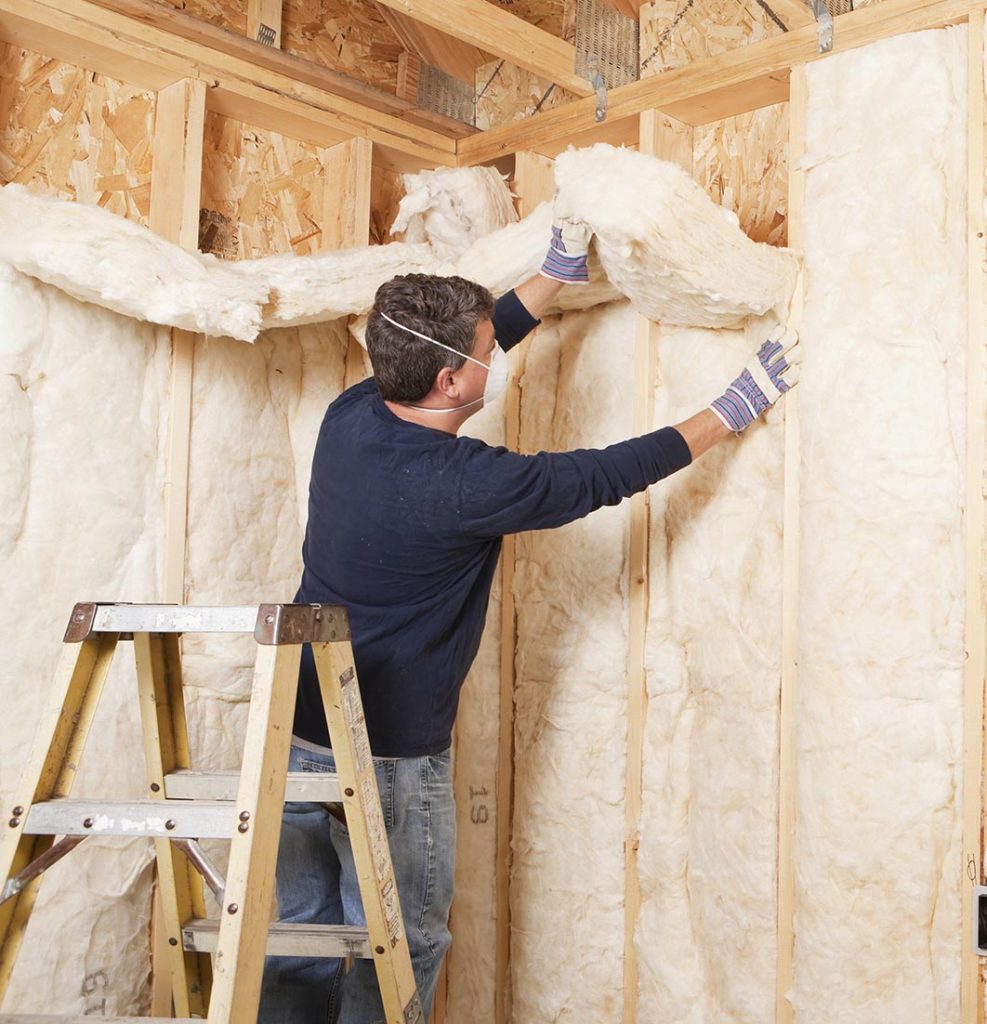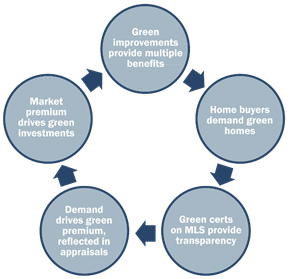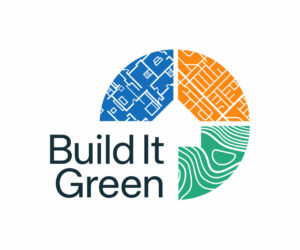If you want to spark a lively debate, ask a green building professional about deep energy retrofits. How do we get more homeowners to do them? Is the payback worth the up-front cost?
While there are no easy answers, Build It Green is pursuing two market-based approaches that will play a role in mainstreaming deeper energy retrofits for single-family homes.
“When you can achieve energy savings of 30% or greater in a home through whole-house upgrades, that’s going to have a dramatic impact on the homeowner’s utility bills—not to mention their health and comfort,” says Joe Giarrusso, Chief Operating Officer at Build It Green. “To get there, we need a workforce of contractors who understand how to perform deeper retrofits and how to sell the benefits to consumers, and we need a better mechanism to ensure that energy upgrades are captured in the resale value of a home.”

The bottom-line question for every homeowner is, What’s my ROI on a deeper energy retrofit? If you insulate walls, floors, and ceilings, air seal every crack, replace drafty windows and install a super-efficient HVAC system to the tune of $30k, will your home sell for that much more?
The truth is that most remodeling projects, from kitchen remodels to bathroom additions, don’t pay for themselves by adding enough to resale value. But they bring about an increase in comfort and quality of life that you can’t easily quantify. (As a side note: Attic insulation appears to be the one home improvement that offers a rock-solid ROI, according to this nifty chart from Remodeling magazine’s 2016 Cost Vs. Value Report.) Lots of folks are already debating the complex payback issue for deep energy retrofits, so let’s focus instead on a fundamental challenge to factoring energy upgrades into a home’s value: invisibility.
Green features are often excluded from real estate multiple listing services (MLS) for two reasons:
But what if energy upgrades were reported by the contractor right after their installation, and the information—including an energy score or rating—were stored in an online database that auto-populated the MLS? Now we’re talking. Homebuyers, who are increasingly prioritizing energy efficient homes, could see on the MLS which properties have those features. People would pay more for those homes. The “green premium” of those homes would then be reflected in more appraisals, which would, in turn, drive demand for more energy upgrades in more homes.

That's the vision embraced by Build It Green and first articulated by Elevate Energy in its “Virtuous Cycle of Green Contributory Value” (see chart).
In May, IT development will begin on a key piece of this vision: a Green Building Registry that enables green features and energy performance data to be captured and then flowed to real estate MLS listings. BIG will play a lead role in the registry, collaborating with partners like Earth Advantage and others in the U.S Department of Energy (DOE) Home Energy Information Accelerator program. We believe these efforts to Green the MLS will transform the building industry. But they may take years to bear fruit.
Deeper Retrofits and the Contractor Business Model
Meanwhile, there’s a second barrier to scaling deeper energy retrofits: There are not enough contractors who know how to perform them. In California, the Energy Upgrade California® Home Upgrade rebate program has made significant strides in helping more contractors adopt a whole-house, comprehensive approach to energy upgrades. But statewide, there are only a handful of home performance gurus who utilize the most advanced techniques and building science knowledge to perform consistently deeper energy retrofits for their customers.
What if more contractors adopted these practices and incorporated them into their businesses? That’s the idea behind the High Performance HVAC Installation (HPHI) Initiative, a new pilot program launched in March 2016 by Pacific Gas & Electric Company in concert with Build It Green (which implements Home Upgrade in PG&E territory). HPHI will train and mentor Advanced Home Upgrade participating contractors in the latest home performance techniques and processes to optimize HVAC system design and installation. These techniques typically cost more than traditional HVAC installations, but yield increased energy savings and enhanced comfort.
A select number of contractors will receive training and mentoring on ways to maximize shell improvements (air sealing and insulation), then design a more efficient HVAC and duct system, and finish projects by measuring and achieving system performance targets (commissioning). Sales teams will receive training in how to package and sell these additional services.
Contractors who meet the installation performance targets on 10% or more of their Advanced Home Upgrade jobs can advertise their “High Performance HVAC” expertise and program participation to customers. This will help distinguish their company’s services in the marketplace and create happier customers.
“PG&E continues to think outside the box in an ongoing effort to achieve deeper energy savings for the projects that participate in the Home Upgrade rebate program,” explains Giarrusso, “with the goal of moving the industry forward as a whole over the long term.”


Alex Coba
Communication Associate
As a proud California native from Stockton, Alex brings a wealth of experience and a versatile skill set. He has a solid communication background with a Bachelor of Arts in Journalism and Public Relations from California State University, Chico. Alex is adept at strategic communications and media relations, with experience gathering and sharing stories from his local communities that uplift the unique spirit and values of those places. He is excited to join Build It Green, where he can apply his talents to further BIG’s mission to help communities across California thrive